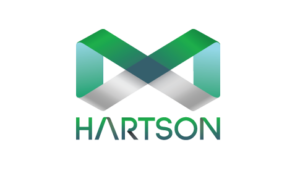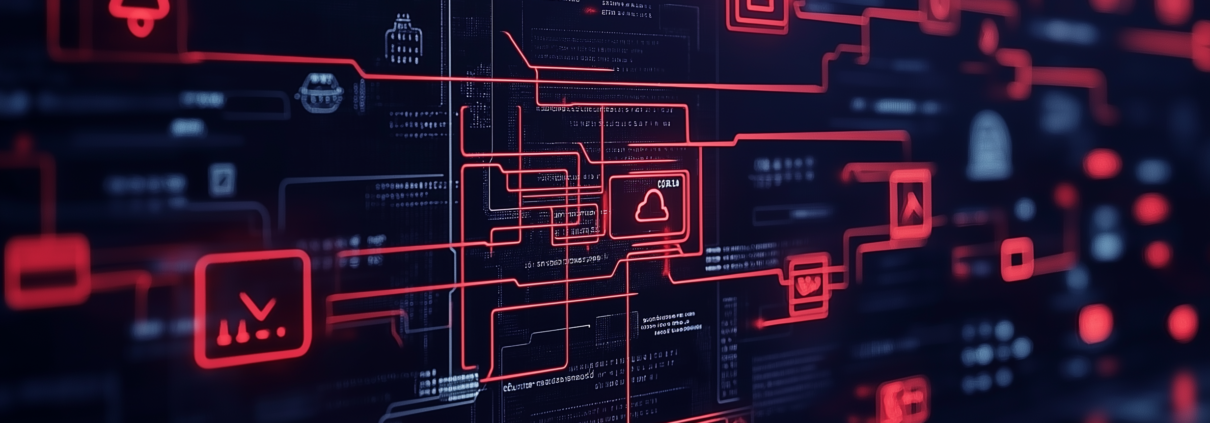Understanding the Shared Responsibility Model in Cloud Security
Cloud security is a crucial aspect of modern business operations, and understanding the shared responsibility model is key to maintaining a secure environment. This model outlines the division of security responsibilities between cloud service providers (CSPs) and their customers. By grasping this concept, businesses can better protect their data and operations.
What is the Shared Responsibility Model?
The shared responsibility model is a framework that defines the security responsibilities of cloud providers and their customers. It ensures that both parties understand their roles in maintaining a secure cloud environment. In essence, while cloud providers are responsible for the security of the cloud, customers are responsible for security in the cloud.
Cloud Provider’s Responsibilities
Cloud providers like AWS, Azure, and Google Cloud are responsible for securing the underlying infrastructure that supports the cloud services. This includes:
- Physical security: Protecting data centers from physical threats.
- Network security: Ensuring the security of network infrastructure.
- Hardware and software: Maintaining and updating the hardware and virtualization software.
- Compliance: Adhering to regulatory standards and certifications.
Customer’s Responsibilities
Customers, on the other hand, are responsible for securing their data, applications, and access within the cloud. This includes:
- Data encryption: Encrypting data at rest and in transit.
- Identity and Access Management (IAM): Managing user access and permissions.
- Application security: Securing applications and their configurations.
- Compliance: Ensuring compliance with industry regulations and internal policies.
Best Practices for Customers in the Shared Responsibility Model
- Understand Your Role
- Clearly define and understand the security responsibilities that lie with your organization. This ensures no critical security aspects are overlooked.
- Implement Strong IAM Policies
- Use IAM tools to manage access and permissions effectively. Ensure that only authorized personnel have access to sensitive data and systems.
- Encrypt Your Data
- Encrypt data both at rest and in transit to protect it from unauthorized access and breaches.
- Regularly Update and Patch Systems
- Keep your applications and systems up-to-date with the latest security patches to prevent vulnerabilities.
- Monitor and Audit
- Continuously monitor your cloud environment for unusual activities and conduct regular security audits to ensure compliance and security.
Real-World Examples and Case Studies
To illustrate the importance of the shared responsibility model, let’s look at some real-world examples:
- Capital One Breach (2019): A misconfigured web application firewall (WAF) led to a massive data breach. This incident highlights the importance of customer-side security configurations and regular audits.
- Uber Data Breach (2016): Attackers gained access to Uber’s data stored in the cloud by using compromised credentials. This emphasizes the need for robust IAM policies and regular monitoring.
Useful References for Further Reading
- AWS Shared Responsibility Model
- Azure Shared Responsibility Model
- Google Cloud Shared Responsibility Model
- Top 10 Cloud Security Best Practices
- Securing Your AWS Environment: A Comprehensive Guide
- AWS Shared Responsibility Model
- Azure Shared Responsibility Model
- Google Cloud Shared Responsibility Model
If you’re looking to expand your knowledge on Cybersecurity/Cloud Architecture, then books are an excellent resource.
2nd and Charles offers a wide selection of both new and used tech books at great prices.
Find Great Deals on Tech Books at 2nd and Charles
As we’ve discussed the importance of online security, privacy and secure remote work, it’s crucial to use a reliable VPN service. I personally recommend Private Internet Access (PIA) VPN for its robust security features and user-friendly interface.




Leave a Reply
Want to join the discussion?Feel free to contribute!